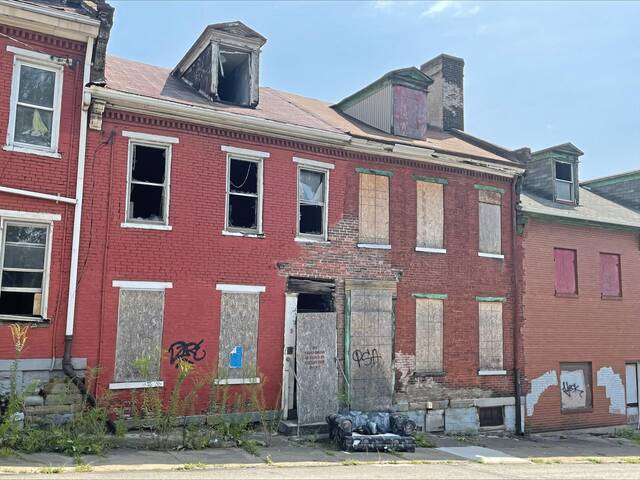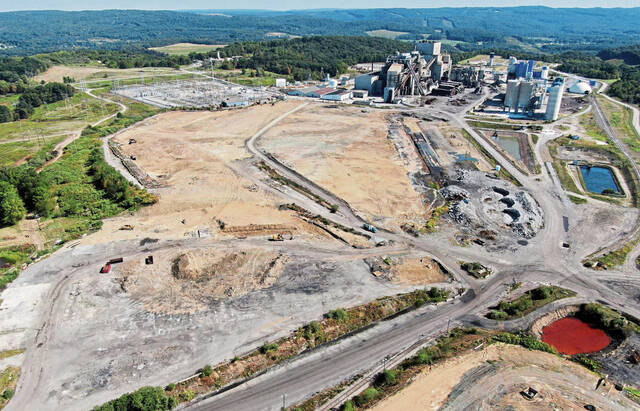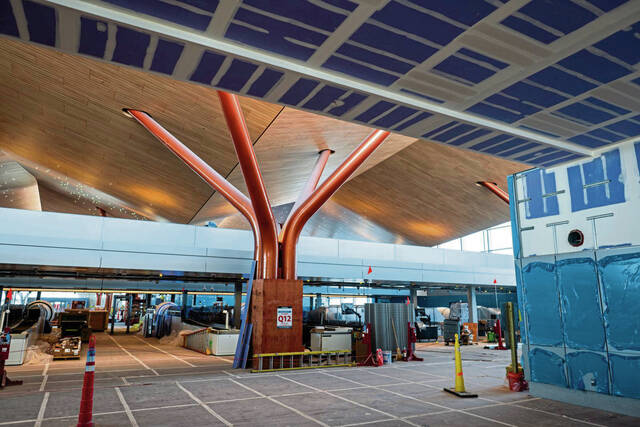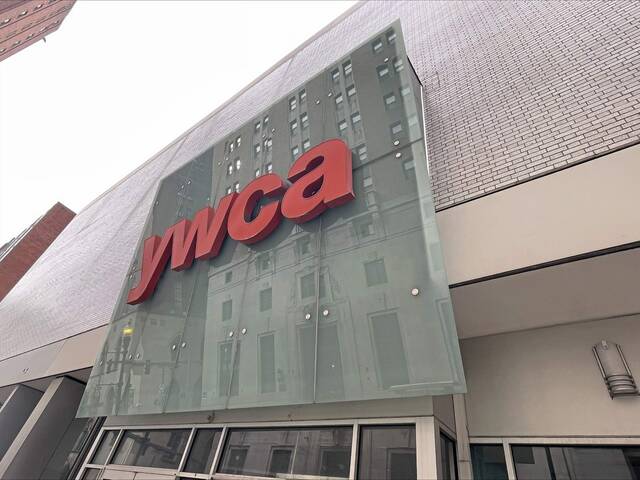Languishing. That’s the best word to describe Pittsburgh’s continuing high vacancy rate for office space in its central business district (CBD), concludes an analysis by the Allegheny Institute for Public Policy.
“The data for 2021’s fourth quarter shows scant improvement in the city’s office market as the pandemic continues its grip,” says Frank Gamrat, executive director of the Pittsburgh think tank.
Make no mistake, vacancy rates were nothing to brag about before the coronavirus pandemic struck two years ago. But mitigation measures taken to battle covid-19 likely have only entrenched the malaise populating premium and other office spaces in the Golden Triangle.
Office space is divided into two classes, A and B. Class A is considered premium space. All other office space is rated as class B.
“In 2013 the vacancy rate for class A office space in Pittsburgh’s CBD had its best showing with a rate of just 5.2%, the second-lowest rate of 53 major cities in national real estate firm Jones Lang LaSalle’s office outlook survey (JLL.com),” recounts Gamrat.
But by the end of 2019, Pittsburgh’s class A vacancy had risen to 15.9%. The rate rose even further — to 18.1% — in each of the first two quarters of 2021. By the fourth quarter of last year, vacancies had improved only slightly, to 17.6%.
“Keep in mind, the vacancy rate is a measure of space not currently under lease, not necessarily that the space is simply unoccupied,” reminds Gamrat.
Simply put, the pandemic crushed the local economy. And job losses in the Pittsburgh region from nearly two years ago have yet to reach pre-pandemic levels, not to mention any lost growth that should have occurred.
“That certainly had to have an impact on the Downtown office market as jobs were certainly shed,” Gamrat says. “But the pandemic also brought about the work-from-home culture that seems here to stay.
“It is very likely that firms looked to lower office footprints, specifically rental costs, as the number of people physically in the office declined,” the researcher says.
And it appears to be much the same story for nine other cities. Again, all data come from Jones Lang LaSalle:
At the end of 2021, Pittsburgh’s CBD vacancy rate (17.6%) for class A buildings ranks better than Columbus (17.8%); Los Angeles (19.9%); Seattle (20%); Austin (20.8%); Denver (21.9%) and Dallas (34.1%).
Boston (13.3%), Charlotte (16.1%) and Cincinnati (16.7%) had the best vacancy rates among the nine cities.
Also note that Pittsburgh is one of only four markets without any class A square footage under development within their CBD in 2021, the others being Seattle, Los Angeles and Dallas.
“Although a new office building is being constructed, with taxpayer money, on the site of the former Civic Arena,” Gamrat says. “This will undoubtedly put more pressure on CBD vacancy rates.”
Jobs have yet to climb back to their pre-pandemic levels, let alone pre-pandemic plus lost growth. And even though firms within Pittsburgh’s central business district are slowly welcoming employees back to the workplace, the work-from-home culture, at least for parts of the week, may be here to stay.
“This recovery of the office market in Pittsburgh’s CBD may be slower than usual due to this new work-from-home culture,” Gamrat concludes.
“But more importantly, as we have documented many times, Pittsburgh’s ability to draw new firms or businesses into its borders has long been hampered by burdensome regulations, high taxes and a fealty to unions — strictures that existed, and persisted, before the pandemic hit.”








